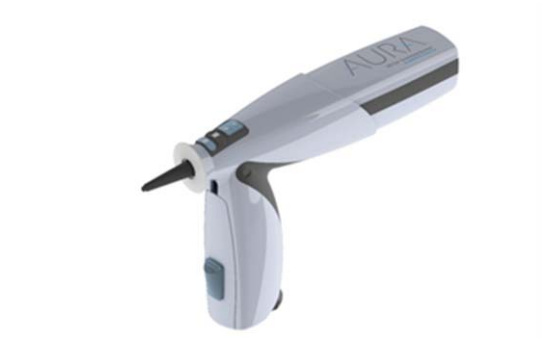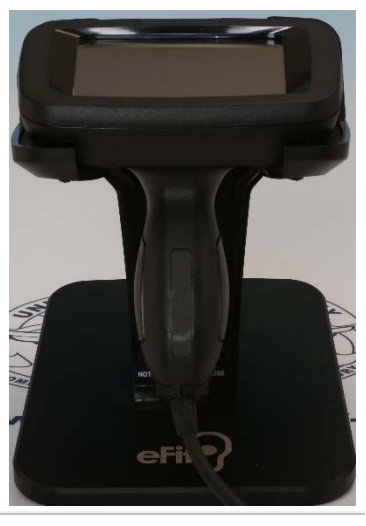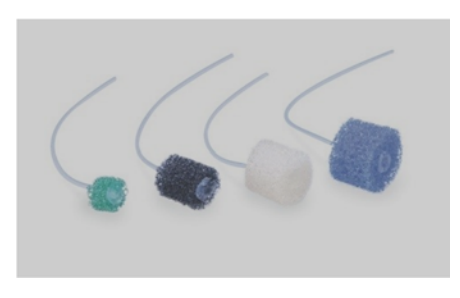Researchers JR Stefanson and William Ahroon recently completed a study for the U.S. Army Aeromedical Research Laboratory, releasing their findings in ‘Evaluation of Custom Hearing Protection Fabricated from Digital Ear Scanning and Traditional Methods.’
Unless you have had significant hearing issues or are an otolaryngologist (ENT), you are probably not aware how difficult—and even dangerous—it can be to create ear canal impressions for quality hearing protection, something which can be critical for soldiers. Preservation, as well as healing of hearing, no matter how the loss occurred is important for human communication, social interactions, and safety too. For military personnel, hearing injuries could create vulnerability in survival skills, combat readiness, and even cause soldiers to falter in carrying out important missions.
“To decrease the risk of hearing injuries, soldiers routinely exposed to hazardous noise are enrolled in the Army Hearing Program (AHP) (Department of the Army, 2015), which aims to prevent noise-induced hearing loss (NIHL) through implementation of operational and clinical hearing services, hearing readiness, and hearing conservation,” explained the authors.
While soldiers must have HPDs, workers in the US who are exposed to hazardous noise levels must also be provided protection from hearing injury; in fact, the authors cite OSHA statistics stating that around $242 million is spent on workers compensation claims due to reported hearing loss.
“Hearing injuries (hearing loss and tinnitus) have also been the two most prevalent compensatory disabilities from serving the in the U.S. military (Veterans Administration, 2019),” stated Stefanson and Ahroon. “Furthermore, the most prevalent form of acquired hearing loss is caused by noise (Nelson, Nelson, Concha-Barrientos, & Fingerhut, 2005). Thus, it is apparent from the numerous cases of hearing loss caused by noise, in both military and industry, that protecting workers from noise has not been done well to date.”
In this study, the researchers fabricated and customized six different samples of earplugs, using six different techniques, including three different scanning methods too. Keeping in mind that a one-size-fits-all mentality has not been advantageous previously, the researchers were on a mission to successfully 3D print ‘tailor-made,’ custom-molded HPDs that could block noise while also fitting the wearer comfortably.
“Likely due to many of the factors mentioned, the use of custom earplugs in the military has been increasing,” stated the authors. “However, the process to create a custom earplug is neither timely, efficient, nor without a certain amount of risk.”
Custom earplugs are usually created following an ear exam, and then placement of an oto-block in the ear canal—meant to keep impression material from seeping into the ear canal. The oto-block is sealed and then the ear canal is filled with impression material, which can cure, is removed, and the ear is then thoroughly cleaned and inspected for any leftover material. When material is not removed sufficiently, the consequences can not only be extremely painful for the patient later, but even catastrophic.
“When an oto-block is used, impression material can be forced past the oto-block (i.e., sometimes called a ‘blow-by’). Blow-bys typically result when an oto-block does not sufficiently seal the ear canal (due to incorrect size or subject jaw movement while the oto-block is being inserted), excessive pressure from an impression syringe or impression gun, excessive jaw movement by the subject while the impression material is being introduced into the ear canal, complications from failure to conduct a proper otoscopic inspection, failing to observe impacted cerumen or TM perforations. Fatigue (especially in a one-person shop) and inattention also can result in blow-bys,” explained the authors.
Twenty-four volunteers agreed to participate in the study, consisting of fourteen males and ten females—all recruited from the USAARL Acoustics Branch Volunteer Listening Panel. In the end, due to other complications, twenty volunteers completed participation in the study. After earplugs were made, the volunteers were asked to return for real-ear attenuation at threshold (REAT) testing. They were also asked to fill out questionnaires regarding comfort.
Scans were modeled with Cyfex Secret Ear Designer®, and then 3D printed on an Envisiontec Perfactory® Micro 3D printer using E-Silicone M for the customized earplugs. All fabrication was completed by the same operator, resulting in five subjects using 3D printed ear plugs from the impression scans, five from eFit scans, five from 3Shape scans, and five from Lantos scans.
“While custom earplugs made from physical impressions had the highest average attenuation, not all custom earplugs are made equally. The process to produce a custom earplug depends on many factors including the skill and technique of the person making the impressions as well as the manufacturing process. The same is likely true for digital scanning fabrication methods, which depend on how well the scan was taken as well as the digital modeling and manufacturing process,” concluded the researchers. “Thus, while earplugs made from physical impressions showed the highest average attenuation across subjects, there were earplugs within this group that were less attenuating than earplugs made from other fabrication methods.
“It should also be mentioned, as anecdotal but important observations, in this evaluation no complaints were observed when scanning subjects’ ears, but several observations of discomfort occurred during physical impressions. No injuries occurred but several stated the process was uncomfortable and one subject even stated, ‘I will never have them [physical impressions] done again.’ Thus, the digital scanning methods were preferred by the subjects over traditional methods.”
3D printing has made incredibly positive impacts within the medical field, and ENT doctors have benefited from a variety of different devices and implants.
What do you think of this news? Let us know your thoughts! Join the discussion of this and other 3D printing topics at 3DPrintBoard.com.
[Source / Images: ‘Evaluation of Custom Hearing Protection Fabricated from Digital Ear Scanning and Traditional Methods’]Subscribe to Our Email Newsletter
Stay up-to-date on all the latest news from the 3D printing industry and receive information and offers from third party vendors.
You May Also Like
Gorilla Sports GE’s First 3D Printed Titanium Cast
How do you help a gorilla with a broken arm? Sounds like the start of a bad joke a zookeeper might tell, but it’s an actual dilemma recently faced by...
Nylon 3D Printed Parts Made More Functional with Coatings & Colors
Parts 3D printed from polyamide (PA, Nylon) 12 using powder bed fusion (PBF) are a mainstay in the additive manufacturing (AM) industry. While post-finishing processes have improved the porosity of...
$25M to Back Sintavia’s Largest Expansion of Metal 3D Printing Capacity Since 2019
Sintavia, the digital manufacturing company specializing in mission-critical parts for strategic sectors, announced a $25 million investment to increase its production capacity, the largest expansion to its operations since 2019....
Velo3D Initiates Public Offering in a Bid to Strengthen Financial Foundations and Drive Future Growth
Velo3D (NYSE: VLD) has been among a number of publicly traded 3D printing firms that have attempted to weather the current macroeconomic climate. After posting a challenging financial report for 2023,...


































